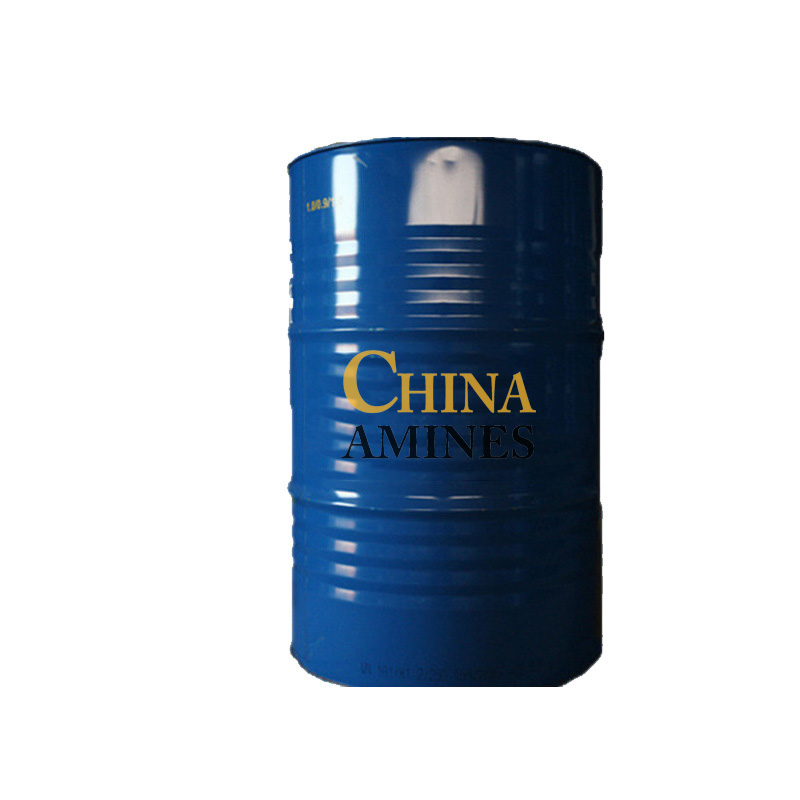1. Chemical Structure and Properties
Molecular Formula: C₈H₁₆O₃
Structural Formula:
CH₃(CH₂)₃OCH₂CH₂OCOCH₃
A glycol ether ester formed by the acetylation of ethylene glycol butyl ether (EGBE). Combines an ether linkage and an ester group.
Physical Properties:
Appearance: Clear, colorless liquid with a mild ester-like odor.
Boiling Point: 188–192°C; Density: 0.94–0.96 g/cm³; Vapor Pressure: 0.1 mmHg at 25°C.
Solubility: Miscible with alcohols, ketones, and esters; low water solubility (<0.1% w/w).
Chemical Properties:
Hydrolysis Stability: Resists hydrolysis under neutral conditions; degrades in strong acids/bases to acetic acid and EGBE.
Thermal Stability: Decomposes above 250°C, releasing aldehydes and carbon oxides.
Flammability: Combustible (flash point: ~75°C).
2. Industrial Applications
Coatings & Inks:
High-Boiling Solvent: Enhances flow and leveling in automotive clearcoats, industrial paints, and UV-curable inks.
Coalescing Agent: Improves film formation in waterborne latex paints.
Electronics Manufacturing:
Photoresist Stripping: Removes residues from semiconductor wafers without corroding copper traces.
Flux Cleaning: Effective in PCB assembly for post-soldering cleaning.
Cleaning Formulations:
Precision Degreaser: Used in aerospace and automotive industries to remove oils and greases.
Personal Care:
Plasticizer: Adds flexibility to nail polish and hairspray formulations.
3. Safety and Toxicology
Health Hazards:
Acute Exposure:
Skin Contact: Mild irritation (rabbit skin LD₅₀: >2,000 mg/kg); prolonged exposure may cause defatting.
Inhalation: Low volatility minimizes risk (TLV-TWA: Not established; handle as nuisance vapor).
Ingestion: Low acute toxicity (oral LD₅₀ rat: >5,000 mg/kg).
Chronic Effects:
Reproductive Toxicity: No teratogenicity observed in OECD 414 studies.
Organ Toxicity: Negligible hepatotoxicity or nephrotoxicity in subchronic rodent studies.
Protection Measures:
PPE: Nitrile gloves, safety goggles, and general ventilation.
Storage: Stable in HDPE containers; avoid prolonged exposure to light.
4. Environmental and Regulatory Compliance
Environmental Impact:
Biodegradability: Slow (OECD 301F:<30% in 28 days); persistent in soil and water.
Aquatic Toxicity: LC₅₀ (fish, 96h): >100 mg/L; EC₅₀ (daphnia): >50 mg/L.
Bioaccumulation: Moderate (log Kow: ~2.5).
Regulatory Frameworks:
EU:
REACH: Registered with no SVHC listing; CLP classification Not Hazardous.
USA:
EPA: Exempt from VOC status under 40 CFR 51.100(s)(1); TSCA-listed.
China:
GB 13690-2009: Classified as General Chemical (non-hazardous).
Waste Management:
Incinerate in approved facilities; landfill disposal permitted for small quantities.
5. Case Studies and Application Insights
Case 1: Automotive Coating Reformulation (Axalta, 2023):
Challenge: Reduce VOC emissions in solvent-borne automotive coatings.
Solution: EGBEA replaced 15% of xylene in clearcoat formulations.
Result: Achieved 25% lower VOC emissions while maintaining gloss (ASTM D523) and adhesion (ASTM D3359).
Case 2: Sustainable Electronics Cleaning (TSMC, 2022):
Process: Implemented closed-loop recycling of EGBEA in 3nm-node wafer fabrication.
Outcome: Reduced solvent consumption by 35% and achieved ISO 14001 compliance.
Comparative Analysis:
EGBEA vs. Propylene Glycol Methyl Ether Acetate (PGMEA):
Pros: Higher solvency for polar resins; better compatibility with epoxy coatings.
Cons: PGMEA offers lower viscosity and faster drying times.
EGBEA vs. Ethylene Glycol Butyl Ether (EGBE):
Pros: Lower volatility and reduced dermal absorption risks.
Cons: EGBE is more cost-effective for low-temperature applications.
Specifications:
Ethylene Glycol Butyl Ether Acetate is a colorless, fast-evaporating solvent with excellent solvency, low odor, and high stability, widely used in coatings, paints, and industrial formulations, available in bulk from China Amines Co.


